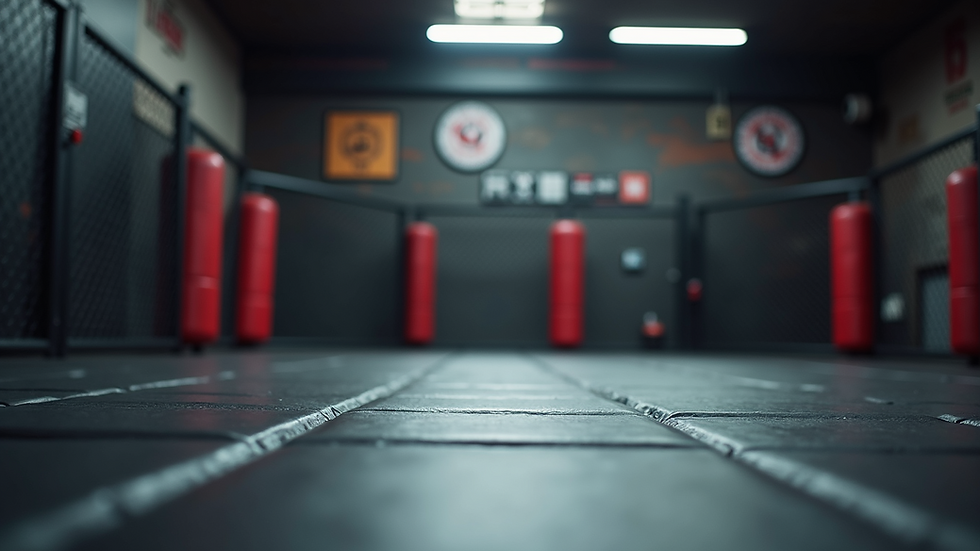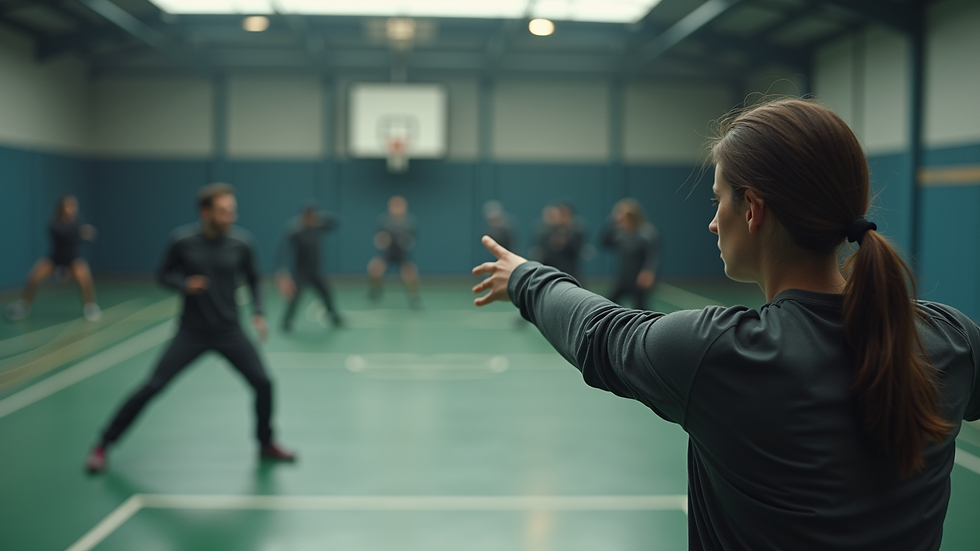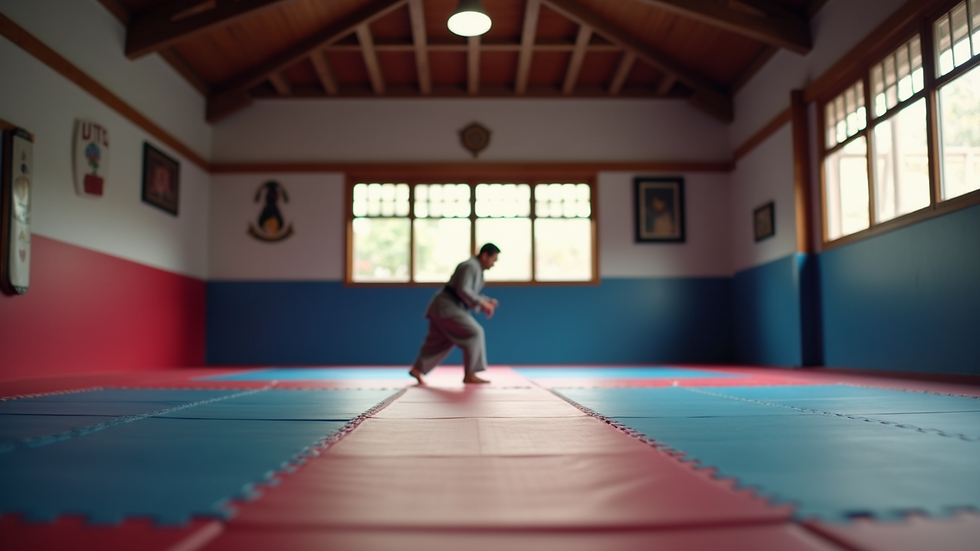What to Expect During MMA Training Sessions
- xtremegroundfighti
- Jun 27
- 4 min read
Mixed Martial Arts (MMA) is an exciting and demanding sport that continues to grow in popularity. If you are considering stepping into the cage or simply want to get in shape, understanding what to expect during your MMA training sessions is essential. Whether you are a beginner or have some experience, knowing how these training sessions are structured can help ease any anxiety you may have.
What is MMA Training?
MMA training is a comprehensive workout program that incorporates various martial arts disciplines. It combines techniques from boxing, Brazilian jiu-jitsu, muay thai, wrestling, and more. The focus of any MMA training session is to improve your skills, physical fitness, and mental toughness. Most sessions are intense and require full commitment.
Typically, an MMA training session includes a warm-up, skill drilling, sparring, and a cool-down. Here’s a breakdown of what each component entails:
Warm-Up
Every training session begins with a warm-up to prepare your body for the exertion ahead. This usually involves:
Light cardio exercises: Jumping jacks, running, or skipping rope to elevate your heart rate.
Dynamic stretches: Movements that stretch your muscles while improving flexibility and range of motion.
Footwork drills: Essential for fighters to get accustomed to moving efficiently in the ring or cage.
Skill Drilling
After warming up, you move on to skill drilling. This is where you learn and practice specific techniques. It may include:
Striking drills: Working on punches, kicks, and combinations on pads or bags to improve power and technique.
Grappling techniques: Practicing takedowns, submissions, and defensive maneuvers with a partner in a controlled environment.
Situation drills: Simulating specific fight scenarios to help you apply what you’ve learned in real situations.
These drills are critical for developing muscle memory and understanding how to apply techniques effectively during sparring.

Is 25 Too Late to Get into MMA?
One common concern for many aspiring fighters is whether they have missed the boat by starting later in life. The good news is that 25 is not too late to get into MMA. Many fighters have begun their training in their mid-20s and later and have gone on to achieve great success.
Here are a few key points to consider:
Physical Fitness: If you maintain a good level of physical fitness, your body can adapt to training demands regardless of age.
Learning Curve: While younger fighters may have had more time to develop their skills, your life experiences can help you learn faster. Focus and determination often trump age in martial arts training.
Limitless Potential: MMA has many different facets, including striking, grappling, and conditioning. A late start does not limit your potential; it simply shapes your unique journey.
It's essential to approach training with a positive mindset and a willingness to learn, regardless of age.

Sparring: The Real Test
Once you've got a handle on techniques through drilling, sparring is your chance to apply what you've learned in a live scenario. Sparring can be overwhelming at first, but it is the most critical component of your training.
Types of Sparring
Light Sparring: This involves a slower pace, focusing on technique rather than power. It allows you to practice your skills safely and effectively.
Situational Sparring: Here, you start in a specific position (like on the ground or against the cage) and work to improve your technique in that scenario.
Full Sparring: This is the most intense form, approaching a real fight. It allows you to test your skills, but it's essential to communicate with your partner to ensure safety.
What to Expect
Sparring is often where you find your weaknesses. It can be intimidating, but don’t be discouraged if you don’t perform perfectly right away. Here are some points to keep in mind:
Learning Opportunities: Every sparring session is a chance to improve. Focus on what you learn from each bout.
Controlled Environment: Coaches will be available to give feedback and adjust the sparring intensity to suit your skill level.
Physical Toll: Sparring can be physically exhausting. Make sure you stay hydrated and take breaks as needed.

Recovery and Cool-Down
After an intensive session, recovery is vital. Most training routines will include a cool-down phase where you can wind down and allow your body to recover. Here's what to expect during this phase:
Staying Hydrated
Drink plenty of water during and after your training to help your muscles recover. Proper hydration is essential to prevent injuries.
Stretching
Gentle stretches will help increase flexibility and reduce muscle soreness. Focus on the areas you used most during your session.
Reflection
Take a moment to reflect on what you learned during the training. Think about areas of improvement and set goals for future sessions. Discussing your performance with teammates or coaches can provide valuable insights.
Final Thoughts
Starting your journey in MMA can seem daunting, but understanding what to expect during training can significantly ease the process. From warming up to intense sparring, each component plays a vital role in your development as a fighter. Remember that your journey is unique, and progress takes time.
Embrace your training sessions and continuously challenge yourself. With dedication, you can not only improve your skills but also enjoy the friendships and community that come from being part of the MMA world.
To discover more about how you can start your training journey, check out MMA Classes.
Each session is a stepping stone towards becoming your best self, both inside and outside the cage. Keep pushing, stay focused, and enjoy the ride!




Comments